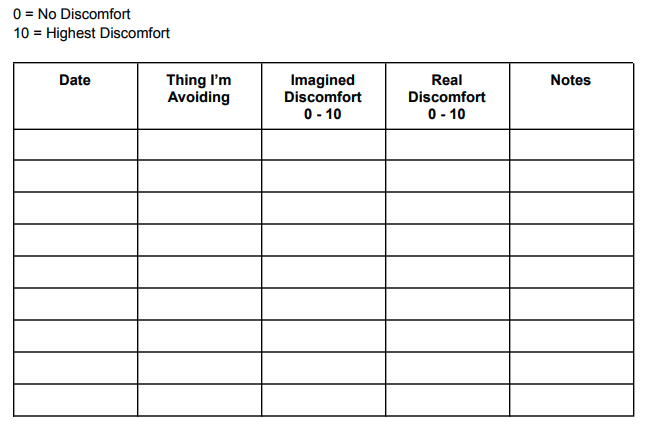How Bad Can It Actually Be? The Myths That Cause Us To Avoid Conversations
 Years ago, I was terrified of opening the mail. Email was easier for me, but it rubbed up against the same nerve.
Years ago, I was terrified of opening the mail. Email was easier for me, but it rubbed up against the same nerve.
And voicemail? Forget it. I hated checking voicemail so much that I was one of the earliest adopters of having it translated to email – the absence of affect making it easier to imagine reading than hearing.
My avoidance of all things communication-related was the result of PTSD. It was a symptom. I’d linked up trauma with voicemail and email and concluded that if I didn’t expose myself to news or information, nothing terrible would happen to me again.
It turns out that mine was an extreme example of a very common human experience: Avoidance of difficult conversations.
We’ve all been there: You have a question to ask your partner – one you imagine will be touchy… You promise yourself you’ll do it tonight, and the next thing you know, you’re knee-deep in organizing the closet that’s needed attention for months. Or years. And you are most definitely not having that conversation.
Humans avoid discussions when we imagine that the topic will be difficult, or that it will provoke a conflict. Sometimes we avoid conversations because we anticipate disappointing or hurting the other person. It’s the reason why we ghost.
The thing is, humans suck at accurately predicting how we’ll feel in the future. Researchers call this ‘affect forecasting’ – and whether it’s about predicting our own future emotions or someone else’s, studies confirm that we’re not very adept at it.
Thank God.
Because we sweat things a lot, you and me. And if things turned out as terribly as we imagine they would, we’d be pretty miserable.
Which brings me to the story of how I stopped being a mail avoider:
I made myself a chart which I named “Reality Check”. My plan was to document my anticipated discomfort before opening the mail and then enter my actual discomfort after I opened the mail. I used a rating system of 0-10, with zero being no discomfort and 10 being the most discomfort I could imagine.
Here’s what the chart looked like:

Predictably, over time, I saw evidence that the discomfort I thought I’d feel wasn’t even close to the discomfort I felt. And because of that, doing the task became easier.
I’ve used the same chart over the years with clients who found themselves avoiding things – like difficult conversations. And obviously it worked or I wouldn’t be writing about it.
I could have given you a blog about all the reasons why difficult conversations are both inevitable and good for you:
-
5 reasons why scary conversations increase emotional intimacy.
-
Difficult conversations lead to better sex!
-
Take a risk and have ‘the talk.’
But I figured it would be more useful for me to show you how to fix it. Cause every now and then, we don’t need to explore our shit. We just need to fix it.
PS: If you want to use my Reality Check Worksheet for yourself, you can download it here.